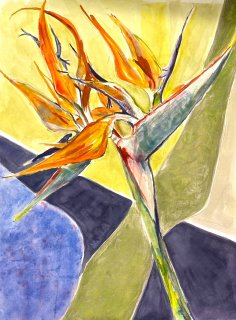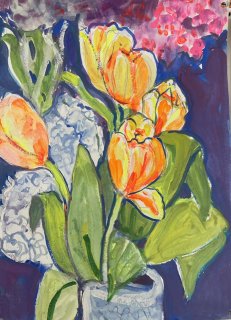
Lusia & Eddie Frohlich, Eddie: Never QUIT. A quitter is never a winner Lusia: "I wanted to survive to tell the story that it should never happen again; the inhumanity of people to people. Nature happens but humiliation by other humans is too gruesome". Lusia and Eddie Frohlich both were born in Stanislavo, Poland. Lusia’s family was wealthy. They owned a leather factory. Eddie had been a wholesale agent for leather, and so she knew him in her youth. In 1939, the Russians took over and the factory was confiscated. EDDIE “In 1941, on the Jewish holiday Shana Rabi, the Germans came to Stanislavo and massacred the Jews, killing twelve thousand and placing them in three mass graves. Those of us remaining were moved to the ghetto. In 1942 another roundup took place, and about three thousand of us were taken to be killed. Most were to be shot. I was among twenty chosen to be killed by hanging. I was the twentieth in line for hanging. The rope was around my neck when I kicked the SS officer closest to me, ran to another SS officer and asked to be shot instead. The Nazi beat me with a bayonet, but he let me go free. He said to me, ‘You are brave. I will let you go.’ My father was killed that day. I went the next day to Warsaw, took a Gentile name, and lived outside the ghetto. I worked in the underground and helped with an uprising in the ghetto. I learned of a French doctor who could erase the Jewish mark of circumcision. When I was later captured, because of the surgery, I was saved from the death chamber and kept as a prisoner of war.” LUSIA “While these things were happening with Eddie, I was in the ghetto in Stanislavo. My father was among those killed in the massacre. I was chosen by a German officer to be his housekeeper and nursemaid for his child. He helped me to get food in the ghetto, which I shared. He also helped me to get papers, which allowed me to escape to Warsaw. My mother told me to try to find Eddie in the underground in Warsaw, but he was living under a new name. Fortunately, I went first to an old family acquaintance, and Eddie was there visiting. There our romance and life involvement started. He got my mother and brought her into hiding in Warsaw.” Eddie was taken as a POW and was liberated by the Americans. Lusia was taken as forced labor in Krakow and was liberated by the Russians. After the war, she was reunited with her mother and with Eddie. They had twin daughters whose photographs Dr. Siegel has included in the background of the portrait.




